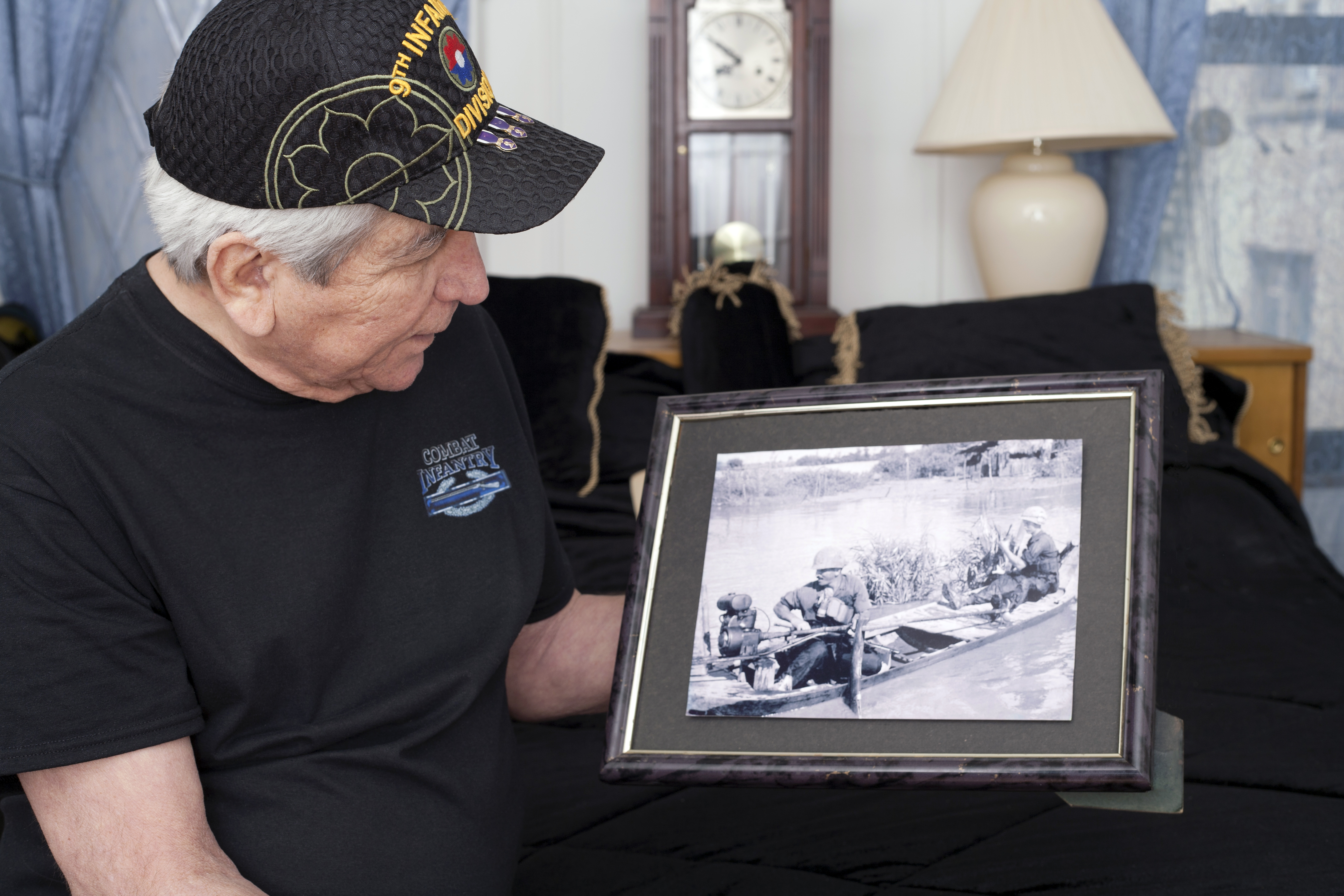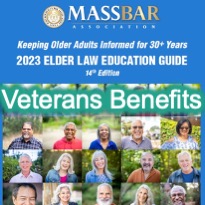Aid & Attendance benefits for veteran and widowed spouse.
 Do you need additional income to cover costs of home care or assisted living? If you or your spouse are over age 65 and have difficulty with Activities of Daily Living, you may be eligible for an Aid & Attendance Pension.
Do you need additional income to cover costs of home care or assisted living? If you or your spouse are over age 65 and have difficulty with Activities of Daily Living, you may be eligible for an Aid & Attendance Pension.
In Massachusetts, the income from Aid & Attendance is not counted against you if you are a veteran or spouse who also needs Medicaid for home care. EOM 19-08.
Unlike Medicaid (which looks back 5 years to catch gift transfers), the VA Look Back period is only 3 years and the penalty period is calculated only after you make the application and apply for benefits. Also unlike Medicaid, there is no post death Estate Recovery of Aid & Attendance benefits.
But strict requirements for Medicaid eligibility require that the war time veteran or widowed spouse plan ahead, to protect Medicaid eligibility while obtaining an Aid & Attendance pension to cover the costs of living at home, or in an Independent Living or Asisted Living facility.
2025 MAPR: Maximum Annual Pension Rates (effective since December 1, 2024)
| Annual / Monthly |
| Annual / Monthly |
| Annual / Monthly |
When applying for Aid & Attendance, a single or married veteran or a surviving spouse is allowed to have net worth of $159,240 during 2025. Net worth = your assets + annual income.
The VA looks at the value of "liquid assets"
like cash, stocks, IRA, 401k, other tax-deferred income, bonds and mutual funds. The home doesn't count.
In addition to assets, the VA looks at your monthly income. If unreimbursed medical expenses are equal to your household income, you are entitled to the maximum Aid & Attendance benefit amount listed above. Maximum Annual Pension Rate calculation example.
What are the Military Service requirements for Aid & Attendance pension?
You don't need to be a military retiree. You don’t need a service connected disability. You don't need service in
combat. Here are the 3 service requirements: you do need
![]() Anything “Other than dishonorable discharge”
Anything “Other than dishonorable discharge”
![]() The veteran served on active duty at least 90 days
The veteran served on active duty at least 90 days
![]() At least one day of service during a period of war:
At least one day of service during a period of war:
Period of War |
Beginning and Ending Dates of eligible service |
|
World War II |
December 7, 1941 to Dec. 31, 1946 |
90 days active duty, 1 day in war time |
Korea |
June 27, 1950 to January 31, 1955 |
90 days active duty, 1 day in war time |
Vietnam “in
country” |
February 28,1961 to May 7, 1975 (to include "in country" service before Aug. 5, 1964) |
90 days active duty, 1 day in war time |
Vietnam Era |
August 5, 1964 to May 7, 1975 |
90 days active duty, 1 day in war time |
Gulf War |
August 2, 1990 through a date to be
set by law or by the President |
2 years active service or period for which you were called up active, whichever shorter. |
If a Spouse has divorced the Veteran, they have also divorced elgibility for the A & A Benefit. However, if the Veteran has died, the Surviving Spouse can be eligibile, even if the Spouse remarried BEFORE November 1, 1990. (If the remarriage was after November 1, 1990 the Spouse is not eligible.)
 If the veteran was honorably discharged and served ninety consecutive days active duty, with at least one day during war time, the veteran and spouse may be eligible. These Aid and Attendance benefits can be combined with Social Security retirement and employment pension income, to make long term care planning possible for the veteran and/or spouse.
If the veteran was honorably discharged and served ninety consecutive days active duty, with at least one day during war time, the veteran and spouse may be eligible. These Aid and Attendance benefits can be combined with Social Security retirement and employment pension income, to make long term care planning possible for the veteran and/or spouse.
![]() Our only family income is his VA disability compensation and SS retirement pay.
Our only family income is his VA disability compensation and SS retirement pay.
What I feared happened, the VA is saying no to the Independent Living place Mom was moved to. Has this happened to you?
Can my father-in-law get Veterans benefits if he was a World War 2 vet?